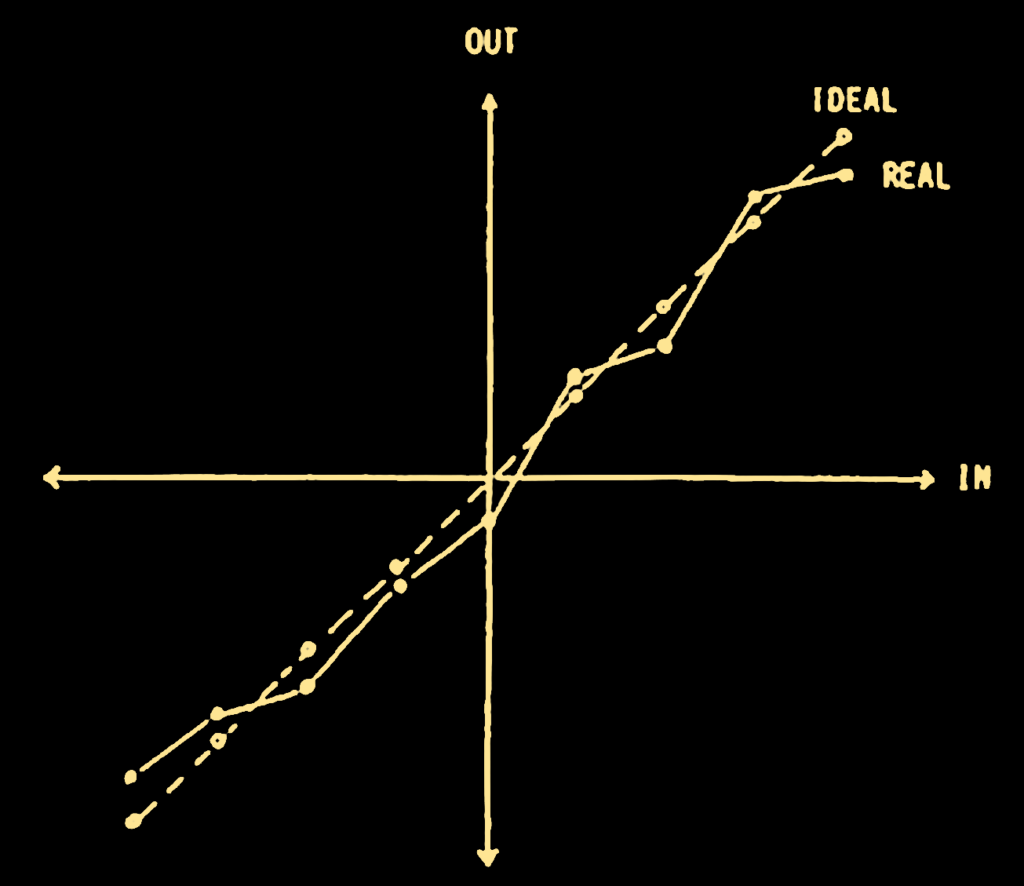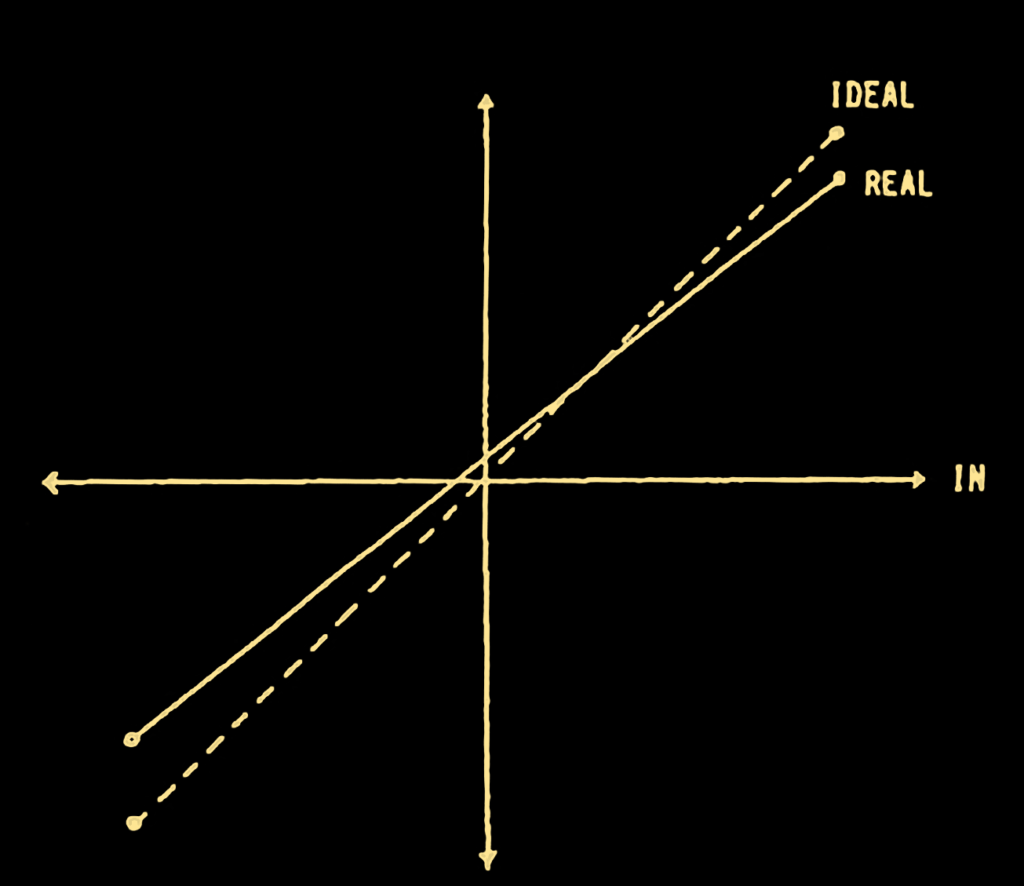Revolutionary 1-bit technology, enhanced clocking and hybrid oven controlled power supply added to the best USB connection and MF Super Isolation Unit puts NADAC-D ahead of the game
Years Of Experience
The MF NADAC-D builds on years of experience of product development and employs components and technologies that overcome known limitations encountered by many popular products.
Pushing The Limits
NADAC-D has been designed by pushing the limits of every single aspects of the Digital to Analog conversion, making non compromise design decisions and selecting the best theoretical and technical solutions.
Native True 1-bit technology
NADAC-D offers True 1-bit decoding for the first time. Mainstream HiFi decoders on the market generally use two types of technologies: the first is to directly use commercially available DAC ICs, which are audio digital-to-analog converter chips, such as AKM, ESS, and CS products. The second is to use an FPGA/CPLD circuit with discrete components, which is an FPGA/CPLD based Discrete DAC.
The technical specifications of the commercially available AKM/ESS/CS products are good, but their integrated circuit designs are typically treated as “industrial products” that cannot achieve the ultimate performance due to cost and semiconductor technology limitations. There will always be a balance of performance and cost and it is understandable that the end product has to appeal to a wide audience.
On the other hand, using the FPGA/CPLD discrete component scheme can often use powerful high-density logic chips regardless of cost. However, when it comes to converting into analog signals, some low-density but high-performance logic circuits suitable for audio applications are required. The problem is that companies that make these types of ICs will not develop “discrete chips” specifically for the HiFi industry, ending up with the same limitations as the previous solution.
The NADAC-D, Native Sound True 1-bit DAC overcomes this limitation. First, we chose a True 1-bit solution, but this solution is highly dependent on hardware performance, such as clock quality, power supply quality, and high-quality components that match it. Therefore, NADAC-D directly chose to have professional IC manufacturers customize Audiophile Grade components, thus realizing an Advanced ASIC based Discrete DAC.
True 1-bit advantages
Traditional multi-bit DACs, such as 5-bit (AKM), 6-bit (ESS), or R2R 20-bit DACs (TI), all suffer from non-linearity issues. Although the current ESS ES9039 Pro product has almost eliminated these, this technology still has subtle non-linearity issues. True 1-bit DAC has excellent linearity

Tradition mutli-bit DAC

True 1-bit DAC
The challenges of a true 1-bit DAC
a-
It relies heavily on algorithms. An excellent 1-bit processing algorithm (SDM) requires advanced mathematical skills. Master Fidelity has a wealth of experience in algorithm development.
b-
It requires extremely high clock and power supply quality, which can be solved by using excellent analog circuit design. NADAC-D uses a constant temperature power supply technology to ensure maximum performance during clock and digital-to-analog conversion processes.
c-
The biggest challenge is that there are no suitable devices for making 1-bit DACs anymore. Only Philips made the TDA1547 in 1988, but from today’s perspective, it is an outdated technology and has been discontinued.
NADAC-D’s solution is to have specialized integrated circuit companies customize dedicated devices.

Oven-Controlled Power Reference
A constant temperature power supply reference system. Everyone knows about constant temperature oscillators, but power supplies also have temperature-sensitive properties. To ensure the best quality digital-to-analog conversion, NADAC-D uses instrument-grade constant temperature reference systems.
Enhanced Clock System
Whether it is a USB Audio Clock or an AES/SPDIF Recovery Clock, the quality is exceptional. When using the USB Audio 1/F, an external 10MHz can be introduced to further improve the quality. We use two-level frequency synthesis technology, which ensures frequency accuracy and enhances jitter performance, delivering uncompromising quality.
When using AES/SPDIF, the ADD-CDR (Advanced Digital Domain Clock Data Recovery System) is used. Traditional analog CDRs cannot handle low-frequency jitter, but MF ADD-CDR can handle jitter as low as 1Hz, almost eliminating jitter within the audio frequency range, thereby ensuring the best audio quality.

Enhanced Amanero USB Audio Interface
We use a USB solution based on Amanero, which is a tried-and-tested USB audio solution in the HiFi field. We use a specially optimized version that is completely renewed from software to hardware. PCM up to 32-bit 384kHz / DSD up to Native DSD512 are easily achieved.
MF Super Isolation Unit
A Super Isolation Unit is a commonly used choice to improve sound quality in digital-analog hybrid systems. GMR or OOK isolation technologies are widely used in the digital audio field as low-cost and easy-to-use isolation devices, but both types of isolation devices have residual jitter of up to 2nS. Although they isolate noise, they also intensify jitter in the digital audio clock signal, resulting in a cost that outweighs the benefits. The MF Super Isolation Unit uses a specially designed ASIC to optimize the digital audio isolation device, reducing jitter to as low as 110fS.
Hybrid Power Supply
The system uses a hybrid power supply, with the analog system using a transformer-based power supply system, and the digital system using a high-quality switch power supply and multi-stage linear voltage stabilization system.
NADAC D
The MF NADAC-D is not just another DAC or even a direct evolution of a successful DAC. It is an entirely new concept that takes challenges from past developments and overcomes them one by one.

Specifications
| General Specifications | |
| Power Supply | |
| Voltage and Frequency | AC 100 – 120 V or 200 – 240 V changeable (change through the AC power socket on the rear panel); 50 / 60 Hz |
| Power Consumption | Maximum 80 W; Stable 46 W (Typical) |
| Connector | IEC 60320 C14 |
| Fuse | 3.15 A, 5 x 20 mm Slow Blow |
| Dimensions and Weight | |
| Dimensions | 435 mm (W) x 95 mm (H) x 390 mm (D) |
| Weight | 9,2kg |
| Audio and Clock Specifications – Input / Output Specifications | ||
| USB Input | Standard | UAC2.0 |
| Supported OS | Windows: 7 / 8.0 / 8.1 / 10 / 11; 32 / 64 bit, Mac OS: X 10.9 and above; Linux: UAC2 Supported Linux Core | |
| Audio Format | 44.1 / 88.2 / 176.4 / 352.8 kHz; 48 / 96 / 192 / 384 kHz; 16 / 24 / True 32 bit. Native DSD64 / DSD128 / DSD256 / DSD512; True 1 bit | |
| Connector | Neutrik mediaCON (USB Type-C) x1 | |
| AES3 Input | Audio Format | 44.1 / 88.2 / 176.4 kHz; 48 / 96 / 192 kHz; DoP64; 16 / 24 bit |
| Impedance | 110 ohm; @ Balance | |
| Connector | XLR-3-F x1 | |
| S/PDIF Input (Coaxial) | Audio Format | 44.1 / 88.2 / 176.4 kHz; 48 / 96 / 192 kHz; DoP64; 16 / 24 bit |
| Impedance | 75 ohm; @ Unbalance | |
| Connector | Phono (RCA) x1 | |
| S/PDIF Input (Optical) | Audio Format | 44.1 / 88.2 / 176.4 kHz; 48 / 96 / 192 kHz; DoP64; 16 / 24 bit |
| Connector | TosLink | |
| RAVENNA (Net) Input | Audio Format | Temporarily unavailable 44.1 / 88.2 / 176.4 / 352.8 kHz; 48 / 96 / 192 / 384 kHz; 16 / 24 / 32 bit. Native DSD64 / DSD128 / DSD256; True 1 bit |
| Connector | Temporarily unavailable Neutrik etherCON (RJ45) x1 | |
| Analog Balance Line Output | Level | +12 dBV (4 Vrms) |
| Source Impedance | 200 ohm | |
| Connectors | XLR-3-M x2 | |
| Analog Unbalance Line Output | Level | +6 dBV (2 Vrms) |
| Source Impedance | 100 ohm | |
| Connectors | Phono (RCA) x2 | |
| Analog Balance Headphones Output | Power | 300 mW |
| Impedance | @ 32 ohm | |
| Connector | 4.4 mm mini x1 | |
| Analog Unbalance Headphones Output | Power | 100 mW |
| Impedance | @ 32 ohm | |
| Connector | 6.35 mm Stereo Phone x1 | |
| Clock Input | Frequency | 10 MHz |
| Impedance | 50 ohm (Compatible with 75 ohm) | |
| Connector | BNC x1 | |
| Audio and Clock Specifications (Room Temperature, Typical ) | |
| THD+n | 0.0003% @ 4 V rms / 1 kHz Tone / 10 Hz – 20 kHz Bandwidth 0.0003% @ 1 V rms / 1 kHz Tone / 10 Hz – 20 kHz Bandwidth 0.0006% @ 0.35 V rms / 1 kHz Tone / 10 Hz – 20 kHz Bandwidth |
| SNR | 120dBA @ 10Hz – 20kHz Bandwidth / A-Weight |
| Flatness | <+/- 0.2 dB @ 10 Hz – 20 kHz |
| Analog Volume Control | Attenuation 3 dB / Step, Total 20 Steps (0 / -3 / -6 / -9 / -12 / -15 / -18 / -21 / -24 / -27 / -30 / -33 / -36 / -39 / -42 / -45 / -48 / -51 / -54 / -57 dB) |
| Channel Attenuation Error | <0.1 dB @ Any Attenuation Step |
| Channel Phase Error | <0.1 Deg @ 10Hz – 20kHz |
| Channel Separation | <120 dB @ 10Hz – 20kHz |
| USB Internal Clock Source Jitter | <800 fS @ 10Hz – 100kHz Bandwidth |
| USB Internal Clock Source Frequency Accuracy | < 10 ppm @ 5 – 45℃ |
| USB External Clock Source Frequency Accuracy |
Fully Follow External 10 MHz Clock Accuracy |
| Digital Audio Input Jitter Attenuation | >80 dB @ >50 Hz Sine Jitter >60 dB @ Windband Random Noise Jitter |
| Digital Audio Input Locking Range | <+/- 120ppm |
| Digital Audio Input Clock Data | <1200 mS |
| Digital Audio Input Clock Data Recovery Intrinsic Jitter |
<1 pS @ 10 Hz – 100 kHz Bandwidth |


